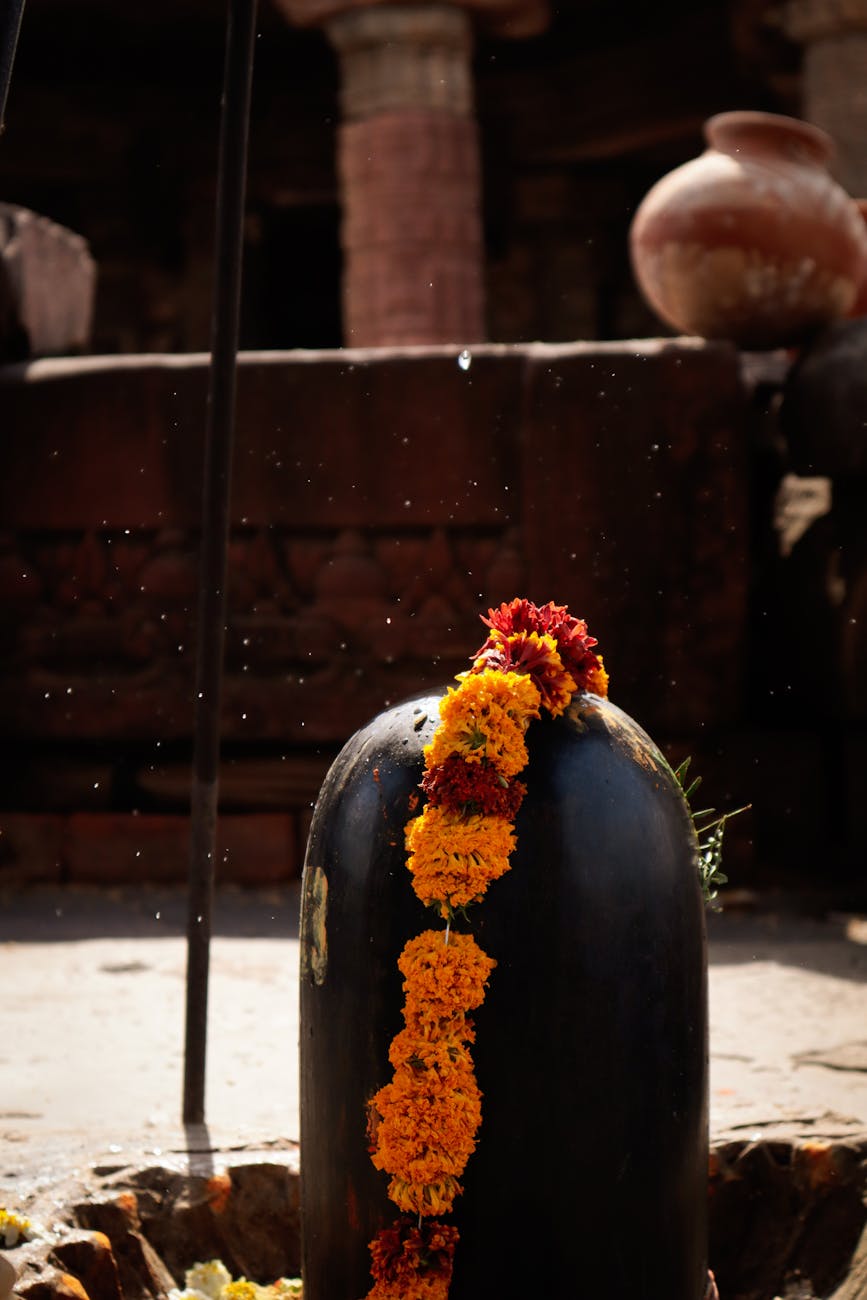The Shivling is not just a sacred symbol—it is one of the most profound and powerful representations of divinity in Sanatan Dharma. Worshipped as the formless form of Lord Shiva, it embodies both creation and dissolution, the eternal cycle of the universe. Many devotees keep a Shivling at home for daily worship, believing it brings spiritual growth, inner peace, and blessings.
However, keeping a Shivling also comes with responsibility. According to the Agamas and traditional worship guidelines, certain mistakes can disturb the sanctity of the Shivling and may create negative karmic effects for the household. This is not about superstition—it’s about treating a powerful spiritual presence with the respect and discipline it deserves.
Here are some important things you should never do if you have a Shivling at home.
1. Never Keep a Shivling Without Daily Worship
A Shivling is not a decorative object; it’s a living symbol of divine energy. Once installed in your home, it requires regular Abhishek (ritual bathing) and puja.
Why it matters:
The Shivling holds high-frequency energy. Neglecting its worship can cause that energy to stagnate, which is considered inauspicious.
What to do:
- If you can’t perform daily Abhishek, at least offer clean water and chant the “Om Namah Shivaya” mantra every morning.
- Keep the altar clean and free from dust.
2. Never Place the Shivling in the Bedroom
Vastu Shastra and traditional texts advise against placing a Shivling in the bedroom, as it is a space associated with rest and personal activities.
Why it matters:
The Shivling radiates strong spiritual vibrations meant for a place of worship. Bedrooms often have a different energy—casual, relaxed, and not suitable for such high spiritual presence.
What to do:
- Place the Shivling in a dedicated puja room or a quiet, clean corner facing north, east, or northeast.
3. Avoid Touching the Shivling Without Proper Purification
In traditional worship, the Shivling is touched only after bathing and wearing clean clothes.
Why it matters:
It’s a way of honoring the divine. Physical and energetic cleanliness maintain the sanctity of the worship process.
What to do:
- Before performing Abhishek, wash your hands and feet.
- Ideally, take a bath before touching the Shivling.
4. Never Offer Tulsi Leaves to the Shivling
While Tulsi is sacred to Lord Vishnu, it is traditionally not offered to Lord Shiva.
Why it matters:
According to scriptures, Tulsi is associated with the Samudra Manthan episode where she is linked with Vishnu worship, not Shiva’s.
What to do:
- Offer Bilva (Bel) leaves instead, as they are considered extremely dear to Lord Shiva.
- Ensure the leaves are fresh and have three leaflets.
5. Never Use Steel or Plastic for Abhishek
The material you use for Abhishek matters greatly. Using inappropriate vessels can dilute the ritual’s sanctity.
Why it matters:
Steel and plastic are considered non-traditional and not energetically pure for sacred offerings.
What to do:
- Use copper, brass, silver, or clay vessels for Abhishek.
- Offer water, milk, honey, yogurt, ghee, and sugar in a proper sequence (Panchamrit).
6. Avoid Keeping a Damaged Shivling
A chipped, cracked, or broken Shivling is considered inauspicious.
Why it matters:
The Shivling is seen as a complete form; damage represents disruption in the energy field.
What to do:
- If the Shivling gets damaged, immerse it respectfully in a river or sacred water body and install a new one.
7. Do Not Place the Shivling Directly on the Floor
Placing the Shivling on the bare floor is against worship rules.
Why it matters:
It is symbolic of respect and elevation of the divine. The base (Yoni) should always be above ground level.
What to do:
- Keep the Shivling on a Peeth (altar platform) made of wood, stone, or brass.
8. Never Let Water from Abhishek Flow Into Waste Drains
Water or Panchamrit used for Shivling Abhishek is sacred and should not be discarded carelessly.
Why it matters:
Throwing it in drains or unclean places is considered disrespectful.
What to do:
- Collect the water in a clean vessel and pour it on plants, Tulsi, or at the roots of a tree.
- Alternatively, store it for sipping as tirth.
9. Avoid Loud Conversations or Arguments Near the Shivling
A puja space is meant to be calm and serene.
Why it matters:
Negative speech or heated arguments create vibrations that disturb the sanctity of the worship area.
What to do:
- Keep the worship area quiet and peaceful.
- If you need to speak, keep your tone soft and respectful.
10. Never Worship the Shivling With Impure Mindset
In Sanatan Dharma, intention is as important as the ritual itself.
Why it matters:
A distracted, angry, or impure mind during worship prevents the full benefit of spiritual connection.
What to do:
- Before starting puja, take a few deep breaths, center yourself, and focus on devotion.
Keeping a Shivling Is a Sacred Commitment
The Shivling is a cosmic pillar of light, a representation of the infinite, formless Shiva. Having it in your home is like inviting Lord Shiva himself to reside with you. But with that invitation comes the responsibility of daily respect, purity, and proper worship.
If you follow these simple guidelines, the Shivling will radiate peace, protection, and prosperity through your household, creating an environment where spiritual and material growth can thrive side by side.
